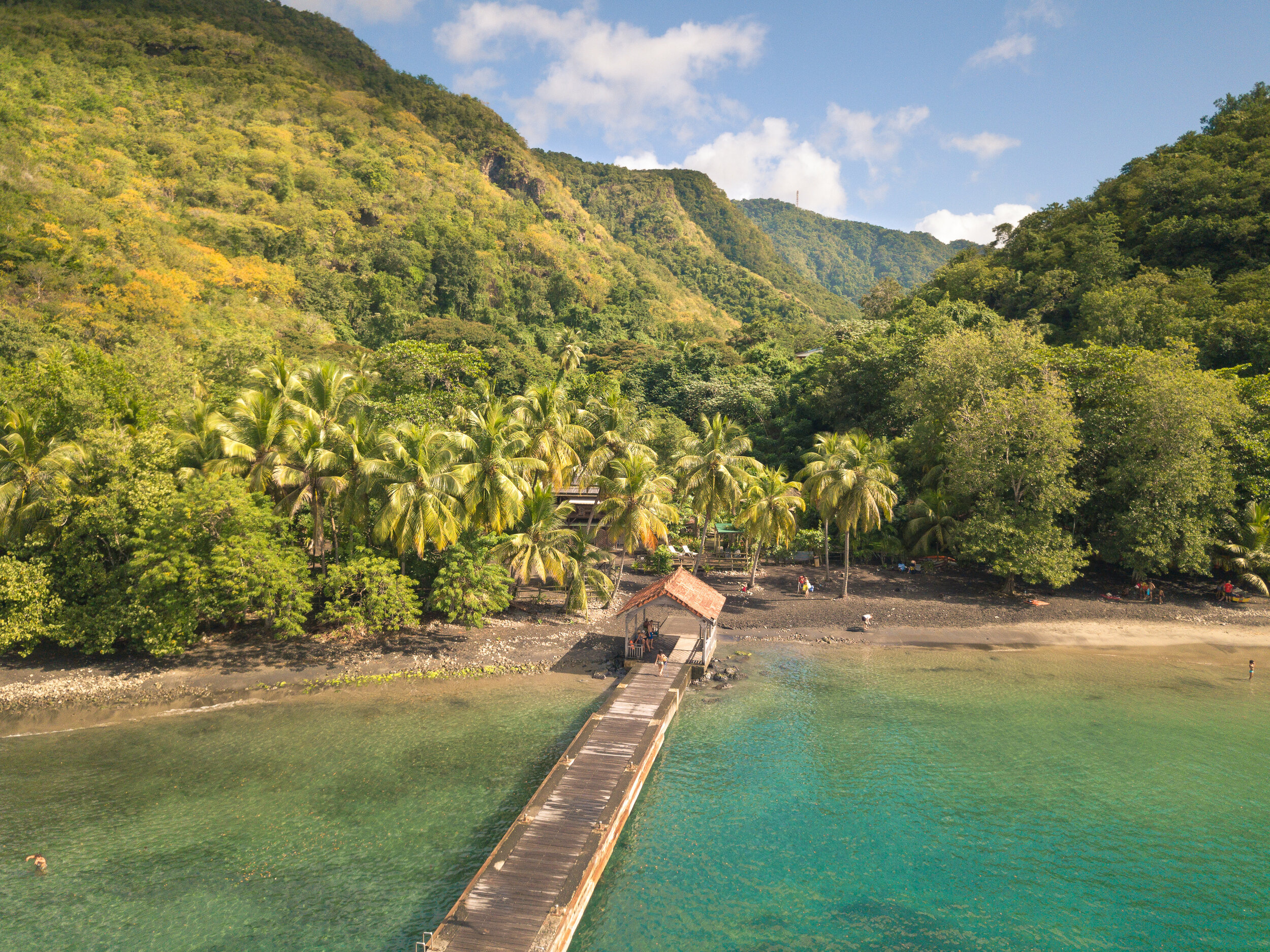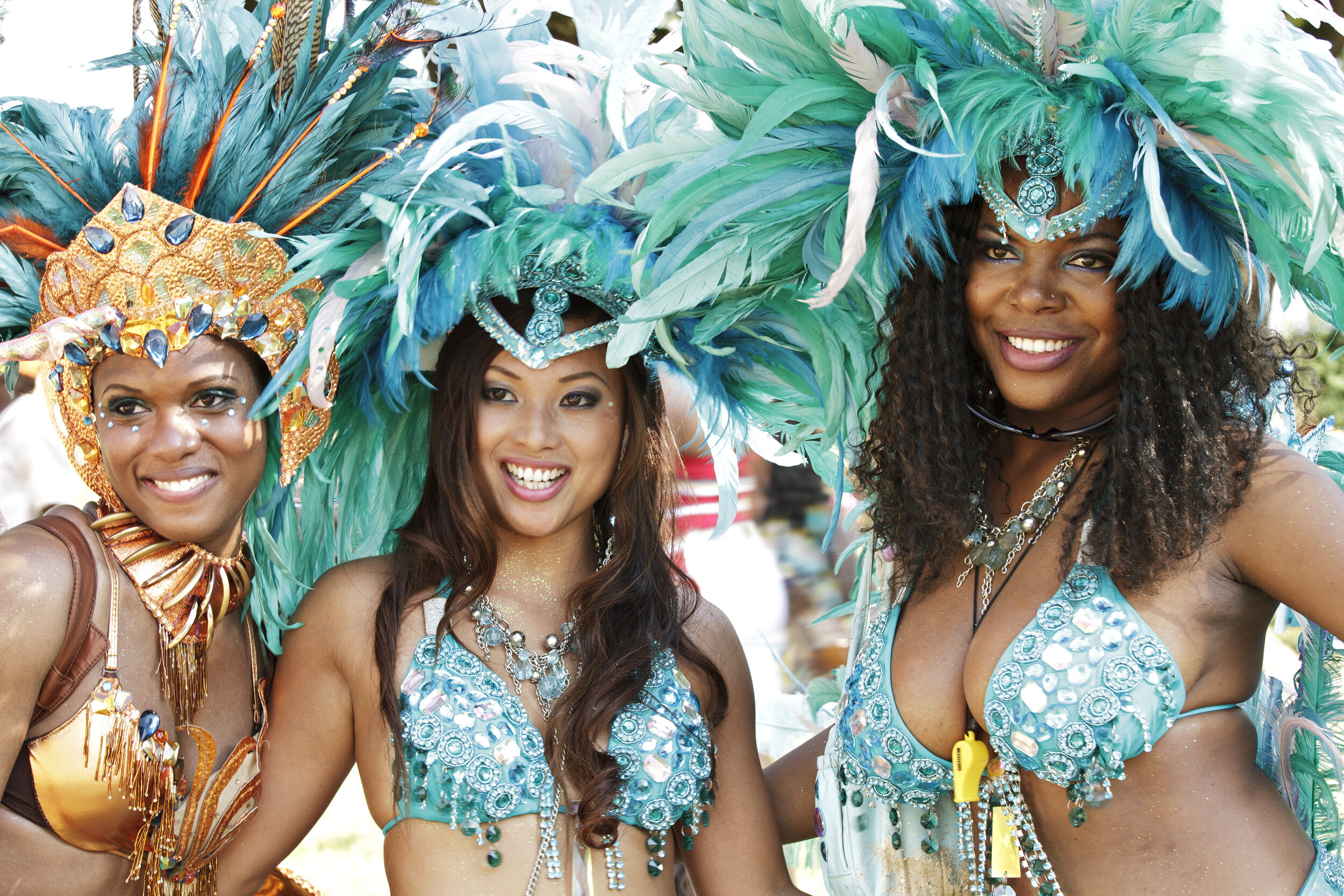
In the World of Rum
The Colours of Rum
The Colours of Rum series was born to showcase the best that the rum world has to offer. We have created one of the largest premium rum collection that keeps getting bigger and more diverse. Critically acclaimed, present with many renowned retailers and represented on all major rum festivals – The Colours of Rum is the ultimate selection for every rum connoisseur and collector. Don’t wait and pick your own Colour!

Why Rum
The global rum market is worth roughly $15 billion and it is forecast to grow at 8% per year. Over the last 20 years rum has reclaimed its position as a premium drink for real connoisseurs. This growing interest, allied to critical recognition of the category, has seen new editions from distilleries such as Foursquare, Caroni, Hampden and others being sought-after among enthusiasts and collectors of spirits who previously devoted their whole attention to whiskies. This burgeoning new market has even led to the start of the first dedicated rum auction site.
The Colours of Rum collection provides a response to these new market demands. The collection will feature rums from top regions. The collection will includes a large variety of rums to build loyalty of customers. You can find The Colours of Rum all around the world with premium retailers. We also would like to draw your attention to the Impressions series within The Colours of Rum family. It was created to combine finest and rarest rums with exquisite, premium presentation.
Where We Source Rum
Jamaica
One of the largest islands in the Caribbean is currently home to six distilleries: Appleton, New Yarmouth, Hampden, Long Pond, Clarendon/Monymusk and Worthy Park, some of which date as far back as the mid-18th century. Jamaican rums are renowned for being rich in esters formed during an extended fermentation of molasses using local wild yeasts.
Barbados
The birthplace of rum: production started there in the mid-17th century. There are currently four distilleries in operation on the island of Barbados: Mount Gay, West Indies Rum Distillery, St. Nicholas Abbey and Foursquare. The latter, in particular, has earned special recognition from connoisseurs. Foursquare is owned and managed by Richard Seale, one of the most important ambassadors and influential voices in the world of rum.
Guyana
An El Dorado for Rum enthusiasts with over three hundred distilleries just two centuries ago. Today, this entire heritage falls under the mantle of Demerara Distillers, which still uses the original names of former distilleries, such as Port Mourant, Uitvlugt or Versailles and Enmore. The original, uniquely designed stills, remain in use today, delivering rums that cannot be produced anywhere else. The popularity of Guyanese rums was further heightened by Luca Gargano, of Velier, who bottled a number of single still rums for his famous series.
Trinidad
At present, this tropical island is home to only one distillery: Angostura. The real jewel in Trinidad’s rum crown however was Caroni. This, now legendary, distillery closed its doors in 2002, meaning its unique style of rum can never be made again. What remained after it closed are over 18,000 casks. Given this finite supply and the style of rum, these casks hold the interest among connoisseurs and collectors alike. This heightened interest has pushed up prices of existing expressions as well as any new products that find their way to market.
Guadeloupe
Guadeloupe is a French overseas department famous for rum production. The spirit is distilled on three biggest islands of the archipelago: Basse-Terre, Grande-Terre and Marie Galante, under the strict rules of Geographical Indication (GI). Unlike on Martinique, not only cane juice can be used as source material, but also cane syrup and molasses. The islands are home to nine distilleries, among them: Damoiseau, Montebello, Bellevue, Poisson and Bielle.
Fiji
Although the history of sugar cane and rum production in Fiji dates back to the middle of 19th century, nowadays this small island country is home to just one rum producer - South Pacific Distillery. It distils rum since 1980 using solely local ingredients like sugar cane grown on Fiji’s volcanic soil. Today it is a subsidiary of the Australian brewer, the Fosters group. They operate both, pot and column stills, and are known for making a few styles of rum, from light and easy-going to intense, full bodied, Jamaica-like funky beasts.
Martinique
One of France’s overseas departments which include Guadeloupe, Reunion and French Guiana. Martinique, in common with its Francophone siblings, produces rum made from fresh sugar cane juice rather than molasses. Since 1996 all rum from Martinique has had to conform to AC (Appellation Controlée) regulations setting out in law, how and where the rum can be made. Rum made under regulations such as these is known as rhum agricole. Today Martinique is home to seven distilleries, including St. James, Neisson and Rhum J.M.
Other destinations coming soon
Join us on our journey to the colourful world of Rum.
These countries and producers represent only a few of the most renowned locations. Rum is made all around the world drawing on centuries old traditions, cultures and production techniques. The regulations surrounding rum production vary greatly around the world, leading a large variation of style and quality. This in turn places great emphasis on the experience and skill of the producers and the selection of casks. The Colours of Rum series aims to showcase the abundance of flavours and aromas for which rum is renowned.







